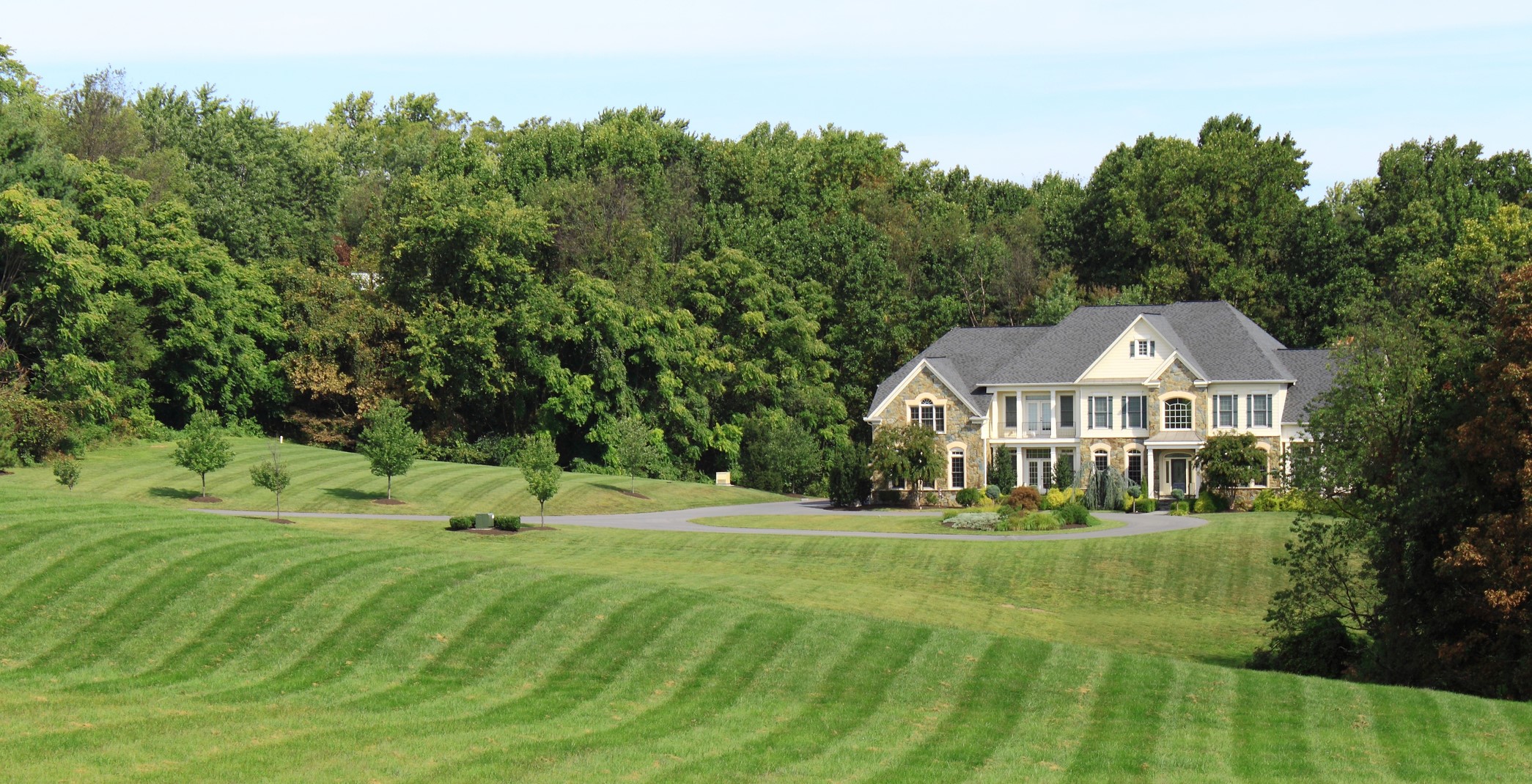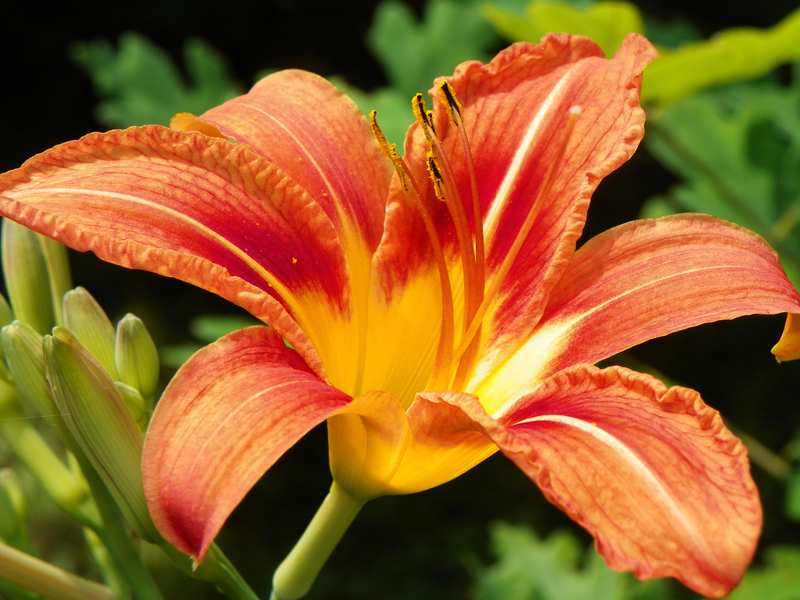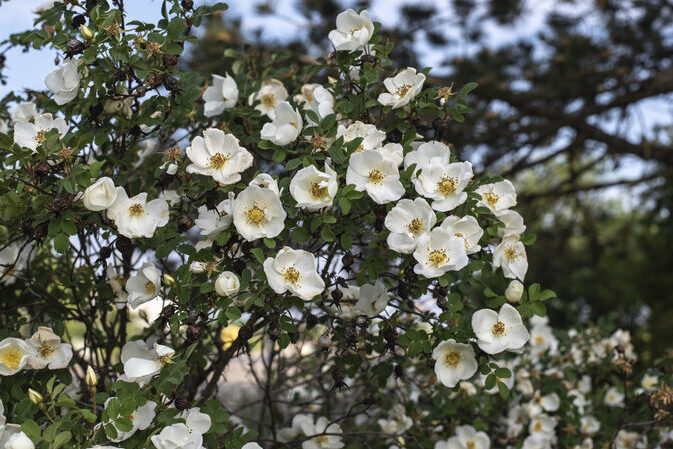
Landscape.
Even a child knows how valuable a landscape is. The fresh, breathtaking smell of trees. Echoing birds flying above that dense magnitude. A stable climate, a sustainable diverse life and a source of culture. Keeping it clean and healthy can be a challenge however, it is good to preserve.
Sustainable Landscaping
A sustainable landscape is one that conforms to the environment that surrounds it and only require inputs that are naturally available. For each and every project, our landscape architects consult with our clients to incorporate their ideas and get an understanding of the vision of what the client is trying to achieve. For many, low maintenance is priority number one. Our landscape designs provide options for plantings in order to minimize the maintenance requirements of the client, but still maximize the overall aesthetic. When the Dooley-Pyne team examines your landscape for sustainability, we consider three main areas: ecology, economic, and socio-cultural. Your landscape should be able to work in harmony with its local ecosystem.

Ecological:
A sustainable landscape should mimic local landforms as well as being a resource to feed and give shade and housing to local birds and insects. Some environmental factors that affect what will grow in a particular area are sun, water, and soil. Dooley-Pyne looks at local environmental factors also known as Low Impact Development (LID) in order to find the best suitable plants for the environment as well as customer liking. Plants with minimal amount of care are not just easy to have but they are also sustainable due to the low impact on the natural environment. When analyzing an area, Dooley-Pyne also takes in consideration the shape of the land and the insects and other wildlife in the area that also affect what will grow in your yard.

Economic:
Sustainable landscapes are designed to require very little extra nurturing, which should keep the costs and effort of maintenance down. Native gardens tend to use up less water on average while also making it to require less maintenance. Having a native landscape reduces the costs of fertilizer or pesticide expenses while maintaining the curb appeal. According to the Pennsylvania Department of Conservation & Natural Resources, there are about 2,100 native plants in PA.
Socio-cultural:
When referring to socio-cultural dynamics, we refer to how your landscape effects those around your neighborhood. How do you want your landscape to affect the people around you? Do you want to be seen as conforming or different? These are main questions that we like to ask our clients in order to meet their needs. Although having a sustainable landscape means not having exotic plants, there are multiple native plants that will grab people’s attention making your curb more pleasing.
At Dooley-Pyne we pride ourselves with working with our clients to personalize a plan for each property and ensure complete satisfaction. Creating an attractive and sustainable look in your yard that shows how much can be saved in effort, money, and time could be a great way for you to improve the economics of your neighborhood. Considering a sustainable landscape for your home ultimately helps us to reinsure the environmentally responsible actions that our team takes every day. It is also important to understand that sustainability is not only for homeowners but also for commercial properties. We understand that making a good first impression is critically important to the success of your business. Investing in a pleasing commercial landscape design is the first chance you have to impress potential clients and tenants with a sustainable and spectacular view.
View All Blogs